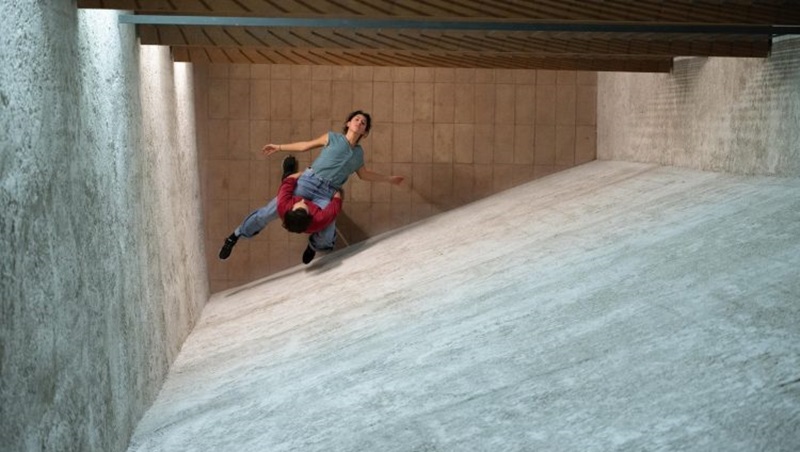MADRID, 26 (EUROPA PRESS)
Scientists from Cambridge and NTU Singapore have discovered that slow-motion plate tectonic collisions drag more carbon into the Earth than previously thought.
They found that carbon drawn into the Earth’s interior in subduction zones, where tectonic plates collide and plunge into the Earth’s interior, tends to remain locked at depth, rather than resurface in the form of volcanic emissions.
Their findings, published in Nature Communications, suggest that only about a third of the carbon recycled beneath volcanic chains returns to the surface through recycling, in contrast to previous theories that what goes down mostly goes back up.
One of the solutions to tackle climate change is to find ways to reduce the amount of CO2 in Earth’s atmosphere. By studying how carbon behaves deep within the Earth, which is home to most of our planet’s carbon, scientists can better understand the entire life cycle of carbon on Earth and how it flows between the atmosphere, oceans and life on the surface.
The best understood parts of the carbon cycle are found on or near the Earth’s surface, but deep carbon stocks play a key role in maintaining the habitability of our planet by regulating atmospheric CO2 levels.
“We currently have a relatively good understanding of surface carbon pools and the fluxes between them, but we know much less about carbon pools inside the Earth, which cycle carbon over millions of years,” said lead author Stefan Farsang. , who conducted the research while a PhD student in the Cambridge Department of Earth Sciences.
There are several ways to release carbon into the atmosphere (as CO2), but there is only one way that it can return to Earth’s interior: through plate subduction. Here, carbon from the surface, for example in the form of seashells and microorganisms that have locked atmospheric CO2 in their shells, is channeled into the Earth’s interior.
Scientists had thought that much of this carbon was returned to the atmosphere as CO2 through emissions from volcanoes. But the new study reveals that chemical reactions that take place in rocks swallowed up in subduction zones trap carbon and send it deeper into the Earth’s interior, preventing some of it from returning to Earth’s surface.
The team carried out a series of experiments at the European synchrotron radiation facility. “The ESRF has world-leading facilities and the expertise we needed to get our results,” said co-author Simon Redfern, dean of NTU Singapore’s College of Science, in a statement. “The facility can measure very low concentrations of these metals under the high pressure and temperature conditions of interest to us,” he added. To reproduce the high pressures and temperatures of the subduction zones, they used a heated “diamond anvil”, in which extreme pressures are achieved by pressing two small diamond anvils against the sample.
The work supports growing evidence that carbonate rocks, which have the same chemical composition as chalk, become less rich in calcium and richer in magnesium when they are channeled deeper into the mantle. This chemical transformation makes the carbonate less soluble, which means that it is not absorbed into the fluids that supply volcanoes. Instead, most of the carbonate sinks deeper into the mantle where it can eventually turn into diamond.
“There is still a lot of research to be done in this field,” said Farsang. “In the future, our goal is to refine our estimates by studying the solubility of carbonates over a broader temperature and pressure range and in various fluid compositions.”
The findings are also important for understanding the role of carbonate formation in our climate system more generally. “Our results show that these minerals are very stable and can certainly retain CO2 from the atmosphere in solid mineral forms that could result in negative emissions,” said Redfern. The team has been investigating the use of similar methods for carbon capture, which moves atmospheric CO2 to storage in rocks and oceans.
“These results will also help us understand better ways to lock carbon on solid Earth, out of the atmosphere. If we can accelerate this process faster than nature manages it, it could prove a route to help solve the climate crisis. “said Redfern.

:quality(85)//cloudfront-us-east-1.images.arcpublishing.com/infobae/PSKG4BPF6JCU7ODGZTDAH7VBZ4.jpg)



:format(webp)/cloudfront-us-east-1.images.arcpublishing.com/grupoclarin/XM6EP3SM5REKNBOIXJSOCDCOOA.jpg)